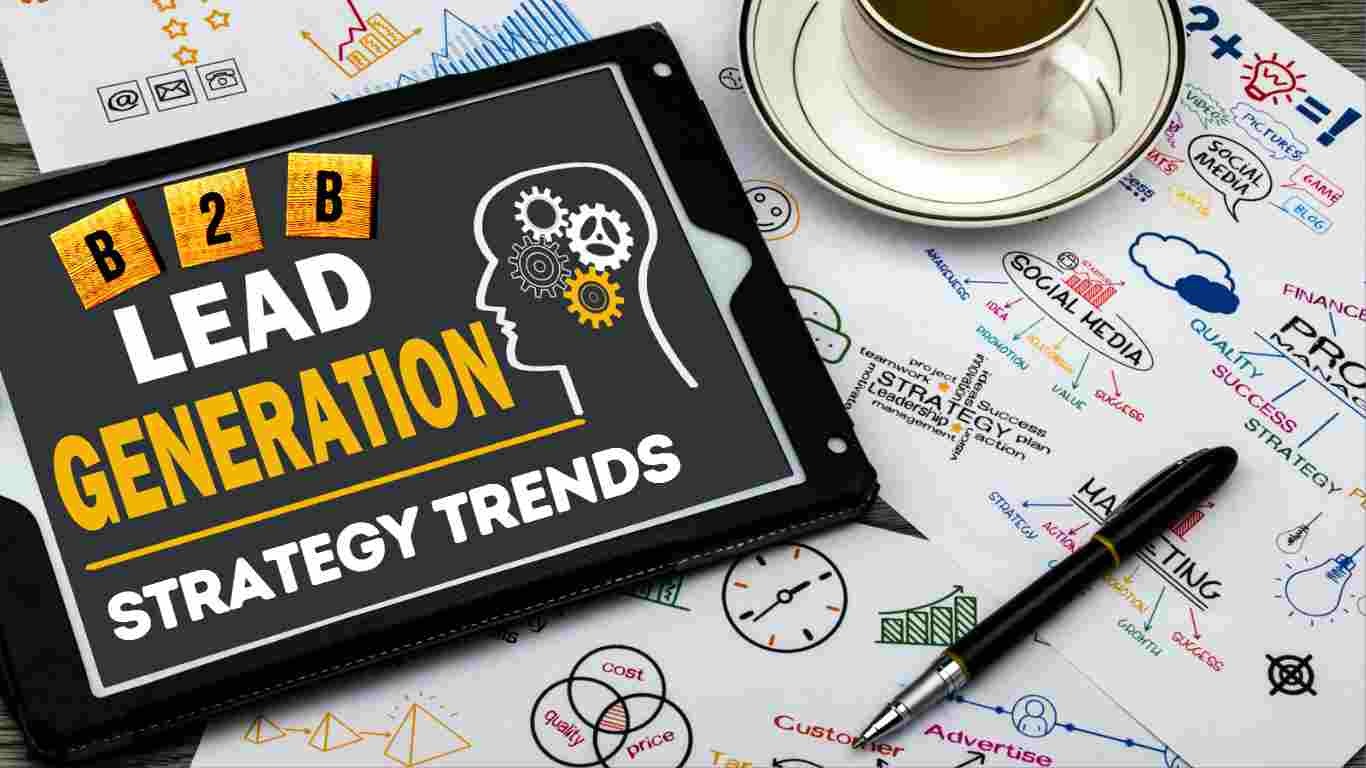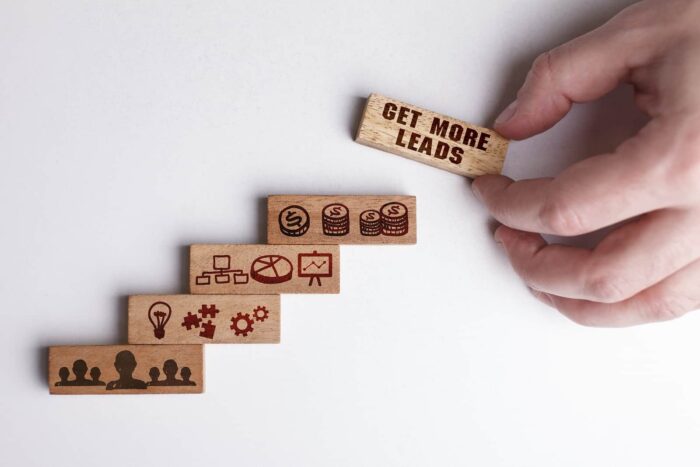
B2B teams are in a weird spot right now. On one hand, everyone needs fresh leads faster than ever. On the other hand, budgets keep getting tighter, and leadership is staring at spreadsheets like hawks. That’s where affordable lead scraping tools step in. They’re shaking up the game by giving small and mid-sized teams the kind of reach that used to belong only to big corporations with fat ad budgets.
But here’s the kicker: the future isn’t just about scraping more data. It’s about making it cleaner, cheaper, and smarter. If you’re wondering where the industry is headed, stick around, because the next few years are going to be interesting.
Why Businesses Can’t Ignore Lead Scraping

Think about it. Traditional lead generation is like handing out flyers in the rain. Expensive ads, cold emails with a 1% response rate, trade shows where half the room isn’t even your target. It adds up. Scraping tools flip that model. They pull in decision-makers’ details at scale, without wasting time on guesswork.
- Access to massive databases of verified contacts.
- Faster reach compared to outbound-only campaigns.
- Lower cost-per-lead than PPC campaigns.
The appeal isn’t just efficiency. It’s survival. For teams competing in crowded industries, scraping tools are no longer a “nice-to-have.” They’re the only way to keep pipelines full without torching the budget.
Where Costs Get Slashed
Here’s where it gets fun. The right scraping tool can mean cutting lead generation costs by over half, sometimes more. For example, solutions like cutting lead generation costs through Apollo scrapers are becoming a go-to. Why? Instead of sinking thousands into bloated ad campaigns, businesses pay a fraction to target the right people directly.
Think of it like coffee. You could buy lattes for the whole office every day (paid ads), or you could buy a solid coffee machine once and keep everyone caffeinated for months (scraping tools). Same fuel, way lower bill.
How Affordable Tools Are Changing the Playing Field

Affordable doesn’t mean “bare minimum.” Modern scraping platforms are adding features that rival high-end enterprise solutions:
- Built-in email verification to avoid bouncing campaigns.
- Integration with CRMs so you don’t drown in spreadsheets.
- Filters that actually matter — job title, region, company size.
And the best part? Pricing models are getting flexible. Forget $10,000 annual contracts. The new wave offers monthly tiers, pay-as-you-go credits, or even lifetime deals. That makes advanced scraping accessible to startups that used to survive on Google Sheets and luck.
What the Next Generation of Tools Will Look Like

The future is pointing toward smarter, not just cheaper. Expect tools that:
| Feature | Why It Matters |
| AI-driven filtering | Cuts through irrelevant leads automatically. |
| Real-time updates | Avoids outdated or dead contact lists. |
| Native CRM syncing | Saves hours of manual data entry. |
| Compliance alerts | Keeps GDPR and CCPA headaches at bay. |
This isn’t science fiction. Developers are already baking these features in because businesses are demanding more bang for their buck.
The Compliance Question Nobody Likes Talking About
Lead scraping has always walked a fine line. Regulations like GDPR make businesses sweat. And let’s be real, nobody wants a lawsuit because they blasted the wrong contact list. The future of affordable tools will hinge on built-in compliance checks. Tools that help users avoid risky practices will thrive, while shady ones will fade out.
So, if you’re looking ahead, the smartest move isn’t just affordability. It’s affordability paired with peace of mind.
When to Upgrade Your Toolkit

If your current setup feels like duct tape holding a sales funnel together, here’s your sign. Affordable scraping tools are worth adopting when:
- Your ad budget is shrinking but targets are growing.
- Your team spends more time finding leads than closing them.
- You’re paying per lead from agencies that overcharge.
Upgrading doesn’t have to mean replacing everything. Many affordable tools can sit alongside your existing CRM, making the transition painless.
Common Myths About Affordable Scraping
Let’s clear the air on a few myths that just won’t die:
- “Cheap means low quality.” Wrong. Many affordable tools pull from the same databases as high-ticket competitors.
- “It’s only for startups.” Nope. Even enterprise teams use them for side campaigns or pilot projects.
- “Scraping is always shady.” Not true. Done responsibly, it’s legal and ethical. The key is using verified sources and respecting opt-out rules.
So, don’t let the myths stop you from rethinking your lead pipeline.
One overlooked point – ROI isn’t just about how cheap a tool is. It’s about speed to value. If a scraper saves your sales team 10 hours a week, that’s time they can spend closing. Multiply that across months, and suddenly the “cheap” tool looks like the smartest hire you’ve ever made.
How to Choose the Right Affordable Scraper

With so many tools popping up, here’s what actually matters when deciding:
- Data accuracy: Verified emails beat bloated databases every time.
- Integration: Make sure it plays nice with your CRM or email tools.
- Scalability: Pick a tool you won’t outgrow in six months.
- Support: Affordable doesn’t mean ignoring customer questions.
The right mix ensures you’re not just saving money – you’re setting up a lead system that grows with your business.
The Bottom Line
The future of affordable B2B lead scraping tools isn’t just about trimming costs. It’s about giving every business – not just Fortune 500s – a fighting chance at efficient growth. With smarter features, better compliance, and pricing models that don’t feel like daylight robbery, these tools are becoming the standard.
So, ask yourself: why keep buying coffee for the whole office when only two people actually drink it? The next wave of scraping tools is cheaper, smarter, and right within reach. And the teams that embrace them now are the ones who’ll dominate tomorrow’s pipeline.
Frequently Asked Questions
1. Are affordable lead scraping tools accurate enough for serious sales teams?
Yes. Many budget-friendly scrapers use the same databases as their premium cousins. The real difference is in how they package the features. Accuracy is less about the price tag and more about whether the tool includes verification.
2. Can scraping tools really replace paid ads for lead generation?
Not entirely, but they can slash the dependency on ads. Think of scraping as the fast lane for direct contacts, while ads work better for broad awareness. The smartest teams run both, but affordable scraping tools cut the ad budget burn.
3. Is it legal to use lead scraping tools?
It depends on how you use them. Pulling public data and sticking to compliance (GDPR, CCPA) is fine. The problems start when companies spam without consent. Responsible scraping is legal and widely practiced in B2B.
4. What’s the biggest mistake businesses make with scraping tools?
Treating them like magic money machines. Scrapers give you the data, but if your outreach is dull, irrelevant, or overly pushy, the pipeline dries up fast. The win comes from pairing great data with smart messaging.
5. How do I know if it’s time to upgrade to a new scraper?
When your current process feels like a second job. If you’re spending hours cleaning messy spreadsheets, paying per lead, or fighting clunky interfaces, it’s time to invest in a tool built for growth instead of stress.














